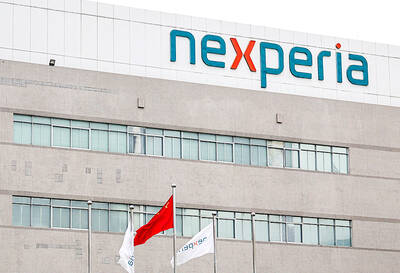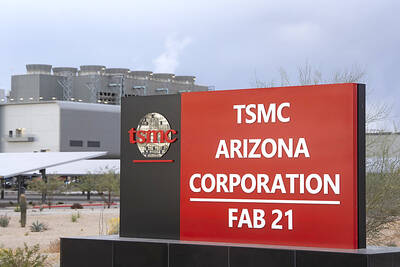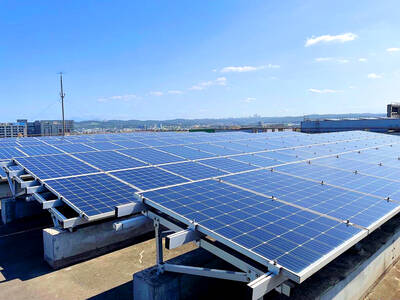In every downmarket cycle, subprime rears its head. It might not take center stage, like it did in the 2007-2008 financial crisis, but it always surfaces. When times are good, finance companies are happy to ignore the pitfalls of lending to the riskiest borrowers. When times turn bad, the problems emerge.
Carrying the mantle this time around is the “buy now, pay later” (BNPL) phenomenon. Founded in the ashes of the last downturn, the BNPL industry devised a new way to facilitate lending to consumers, swapping revolving credit for fixed installments.
At the peak, valuations discounted rapid growth. Affirm Holdings Ltd came to market via an initial public offering (IPO) with a market capitalization of US$12 billion, which peaked at almost US$50 billion — about three times Deutsche Bank AG). Afterpay Ltd was acquired by Block Inc (formerly known as Square) for US$29 billion and Klarna Bank AB raised private funding at a valuation of US$45.6 billion.
However, as interest rates rise and recession fears mount, valuations have suddenly reversed. Affirm stock is down 90 percent from its high and last week it was revealed that Klarna is in talks to raise new equity at a valuation as low as US$6 billion.
The swift derating reflects many of the issues subprime lenders have always faced. In essence, they are exposed to three cycles that typically overlap, as they have today:
The first is the credit cycle. Buy now, pay later is easy to access, but, like all forms of credit, there is adverse selection — the healthiest borrowers do not usually need it.
Some consumers use BNPL to avoid paying credit-card interest, but according to one survey, others use it to make purchases they otherwise could not afford, to borrow money without a credit check or because they cannot get approved for a credit card. Affirm leans into this. At the time of its IPO, it disclosed that it approves on average 20 percent more clients than comparable competitor products.
The result is a customer base that skews subprime. According to credit reporting agency TransUnion, about 69 percent of BNPL users are subprime or near prime. In a favorable credit environment, the distinction might not show up in earnings, but when the environment changes, defaults — and writeoffs — would rise.
Last year was an especially benign one for consumer credit. Charge-offs in the US were lower than at any time since the mid-1980s. Yet even with that tailwind, Klarna’s realized loan losses increased as it pursued faster growth, reaching 7.7 percent in the second half of last year at a time when aggregate US consumer losses were running below 1 percent.
The core competence in the lending business is not so much giving the money away, but more in getting it back — and that becomes harder in a recession.
The second cycle is the funding cycle. With the exception of Klarna, BNPL companies do not raise deposits and so depend upon capital markets to fund loans.
However, markets can be skittish, seizing up when you least want them to and most need them. Last month, Affirm priced a securitization deal — bundling loans together and selling slices to investors — at a yield of 5.65 percent, up from a 4.34 percent yield on a deal in April.
Often, conditions in funding markets track conditions in consumer credit, but sometimes they march to their own tune, confounding lenders that rely on them.
Following the Russian debt crisis in 1998, market disruption led to a steep fall in demand among investors for risky assets, including subprime securitizations, even before a recession took hold three years later. Subprime originators saw their own borrowing costs skyrocket. In the two years following the crisis, eight of the top 10 subprime lenders declared bankruptcy, ceased operations or sold out to stronger firms.
The third cycle is the equity cycle. Before BNPL became a buzzword, Klarna was chugging along just fine. It became profitable within six months of its launch back in 2005.
However, then venture capitalists showed up and seduced the company with cheap capital to fund faster growth. Since 2019, pursuing breakneck expansion, it has booked 11.8 billion Swedish kroner (US$1.12 billion) of operating losses. At the same time, its valuation rose from eight times trailing revenue in mid-2019 to 37 times trailing revenue in the middle of last year.
One of the challenges any investor faces is discerning a secular trend from the merely cyclical.
However, all lending is cyclical, and with multiple cycles to navigate, the pitfalls are impossible to avoid. With its valuation now just four times trailing revenue, Klarna — like its peers — is beginning to reflect that.
Marc Rubinstein is a former hedge fund manager. He is author of the weekly finance newsletter Net Interest.
This column does not necessarily reflect the opinion of the editorial board or Bloomberg LP and its owners.

JITTERS: Nexperia has a 20 percent market share for chips powering simpler features such as window controls, and changing supply chains could take years European carmakers are looking into ways to scratch components made with parts from China, spooked by deepening geopolitical spats playing out through chipmaker Nexperia BV and Beijing’s export controls on rare earths. To protect operations from trade ructions, several automakers are pushing major suppliers to find permanent alternatives to Chinese semiconductors, people familiar with the matter said. The industry is considering broader changes to its supply chain to adapt to shifting geopolitics, Europe’s main suppliers lobby CLEPA head Matthias Zink said. “We had some indications already — questions like: ‘How can you supply me without this dependency on China?’” Zink, who also

At least US$50 million for the freedom of an Emirati sheikh: That is the king’s ransom paid two weeks ago to militants linked to al-Qaeda who are pushing to topple the Malian government and impose Islamic law. Alongside a crippling fuel blockade, the Group for the Support of Islam and Muslims (JNIM) has made kidnapping wealthy foreigners for a ransom a pillar of its strategy of “economic jihad.” Its goal: Oust the junta, which has struggled to contain Mali’s decade-long insurgency since taking power following back-to-back coups in 2020 and 2021, by scaring away investors and paralyzing the west African country’s economy.

Taiwan Semiconductor Manufacturing Co (TSMC, 台積電) received about NT$147 billion (US$4.71 billion) in subsidies from the US, Japanese, German and Chinese governments over the past two years for its global expansion. Financial data compiled by the world’s largest contract chipmaker showed the company secured NT$4.77 billion in subsidies from the governments in the third quarter, bringing the total for the first three quarters of the year to about NT$71.9 billion. Along with the NT$75.16 billion in financial aid TSMC received last year, the chipmaker obtained NT$147 billion in subsidies in almost two years, the data showed. The subsidies received by its subsidiaries —

RE100 INITIATIVE: Exporters need sufficient supplies of renewable energy to meet their global commitments and remain competitive, the economics ministry said Local export-oriented manufacturers, including Taiwan Semiconductor Manufacturing Co (台積電), require sufficient supplies of green energy to maintain their competitiveness and regulations already ensure that renewable energy development adheres to environmental protection principles, the Ministry of Economic Affairs said yesterday, as the legislature imposed further restrictions on solar panel installations. The opposition-led Legislative Yuan yesterday passed third readings to proposed amendments to three acts — the Environmental Impact Assessment Act (環境影響評估法), the Act for the Development of Tourism (發展觀光條例) and the Geology Act (地質法) — which would largely prohibit the construction of solar panels in some areas. The amendments stipulate that ground-mounted solar